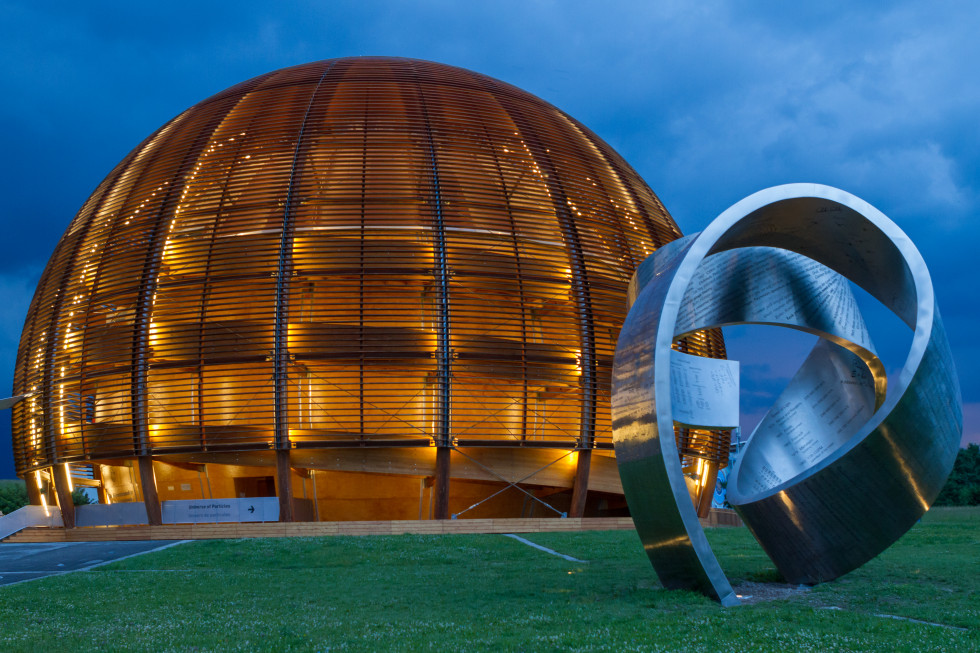10 years since the discovery of the Higgs boson
The Slovenian team participated in the IJS project since 1996; among other things, they helped build a tracking system for the project and set up a system for detecting anomalies in the Large Hadron Collider. The Large Collider was launched in 2008, and since then, CERN researchers have observed and analysed hundreds of billions of collisions of elementary particles and their effects.
The discovery of the Higgs boson represents one of the most important achievements in the science of the 21st century and its impact on research continues to this day. The experimental confirmation of the existence of this basic building block of the universe was the last missing element of the so-called standard model theory, which describes the interactions between elementary particles and the formation of their mass. Theoretical physicists Peter Higgs and Francois Englert, who predicted the existence of such a particle more than 40 years ago, received the Nobel Prize in 2013.


